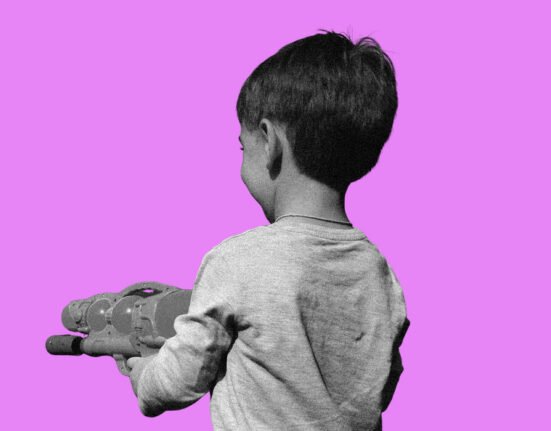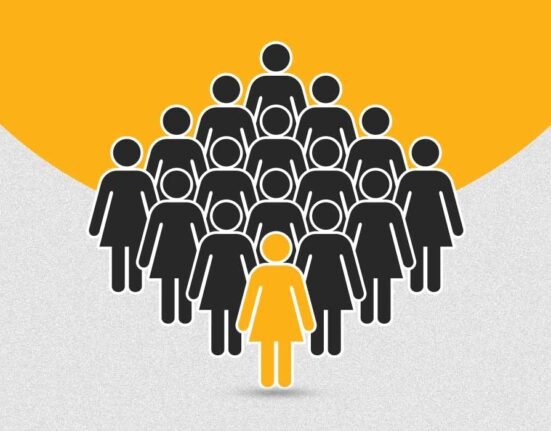We can see that the LGBTQ+ community i.e., lesbian, gay, bisexual, transgender, queer/questioning, asexual, etc., faces many problems living in society which in turn affects the mental health of the individual. The LGBTQ community initially made its problems known in the 1970s, primarily through promoting “gay rights.” movement, but proper attention in public and research about the community initiated in the 1980s. The research was more concerned with the mental health of the young LGBT population i.e., suicidal behavior amongst the gay youth. There haven’t been many significant changes in social perceptions of the LGBT community in recent decades. However, there have been numerous changes in the research landscape that have raised awareness of LGBT youth’s mental health (Russell & Fish, 2016).”
The LGBT community is made up of individuals who actively prefer and choose their sexual orientation or gender identity based on what is important to them. There are many dramatic social changes in acceptance towards the LGBT population and their issues like paradoxes about the community and mental health over the decades. When homosexual and lesbian relationships between adults were legalised in the United States in 1977, 43% of respondents supported the move. By 2013, this percentage had risen to 66%. The Netherlands was the first country to recognize same-sex marriages in 2001 (Russell & Fish, 2016).
LGBT Youth and mental health
Till the 1970s, DSM i.e., Diagnostic and Statistical Manual of Mental Disorders by the American Psychological Association (APA) included homosexuality as a “sociopathic personality disturbance”. As the studies of the prevalence of same-sex sexuality and psychological comparisons between heterosexual men, and gay men helped APA and the psychological community removed it in 1973 as a mental disorder (Russell & Fish, 2016).
A fundamental paradigm for comprehending differences in sexual minority mental health is provided by the Minority Stress Theory. According to it, sexual minorities endure unique chronic stressors connected to stigmatised identities, victimisation, prejudices, and discrimination. And these distinct factors compromise the mental health and well-being of the individual by adding to the daily stressors (Russell & Fish, 2016).
In general, three stress processes can be considered from distal to proximal by Meyer those are:
- Objective Stressors or Environmental Stressors contain institutional discrimination and direct victimization.
- Expectations of the individual upon whether victimization will occur or not and the vigilance associated with the expectations.
- Internalization of negative social attitudes.
It can be observed that there is a mediating link between experiences of minority stress and psychopathology in psychological processes like appraisals, emotional regulation and coping in turn affect mental health (Russell & Fish, 2016). In 1954, Allport recommended that people of colour employ coping mechanisms and tenacity to deal with racism. Many of the modern writers admit that in the members of minority group positive coping is beneficial (Meyer, 2003).

LGBT People’s Stress, Resilience, and Coping
Given that LGBT persons recognise coping with conditions and overcoming their effects, why are stress and resilience employed in the prediction of any mental disorder? Another theory that provides a mechanism for minority coping is the social evaluation theory. According to the theory, the group of stigmatized individuals who have keen sense of cohesiveness of the community evaluate themselves by comparing themselves with the individual like them rather than comparing with the individuals of the dominant group.
This in-group may provide a reappraisal of a stressful situation, which results in less injurious for the psychological well-being of the individual. With the help of reappraisal, the in-group people validate the minority people’s deviant experiences and feelings. Meyer (2003) concentrated on Black, feminist, and gay-affirmative psychotherapies, which seek to reassess and strengthen these minority communities.
Prevalence of Mental Health in LGBT Youth
The period of adolescence is very crucial for mental health as this developmental period is the onset of many mental disorders. According to the statistical data given by US for mental diagnoses of adolescents shows that 10% illustrate mood disorder, 25% indicate anxiety disorder and 8.3% depict substances use disorder. Also, the third leading cause of death in the age group of 10-14 years and scond leading cause for the age group of 15-24 years old is suicide (Russell & Fish, 2016).
According to research, the LGBT community is more likely to have poor mental health at all stages of development since there are more mental health inequities and inequalities in both kids and adults. Many researches conducted on the adult samples which illustrated increased rates of depression and mood disorders, anxiety disorders, post-traumatic stress disorders (PTSD), alcohol use and abuse, and suicide ideation and co-morbidity towards psychiatric disorders (Russell & Fish, 2016).
A study conducted by Fergusson and colleagues in 1999, taking a sample of Australian youth in the age range of 14-21 years. The study found showed that the LGBT youth had a greater chance to report suicidal thoughts and attempts, it also showed that depression, general anxiety disorder, substance abuse, and co-morbid diagnosis. Another research conducted in US, interviewed a group of LGBT youth within the age range of 16-20, it resulted that one-third of the sample considered met the diagnostic criteria for a mental disorder (Russell & Fish, 2016).
Risk Factors
To explore risk factors for LGBT youth two approaches can used. As a starting step, review the earlier study and pinpoint the generally acknowledged risk variables, such as family conflict, etc.. And second approach is concerned on the everyday stressors, discrimination and stigma towards the LGBT population which result in poor outcomes like biased- based bullying and rejection by family (Russell & Fish, 2016).













Leave feedback about this